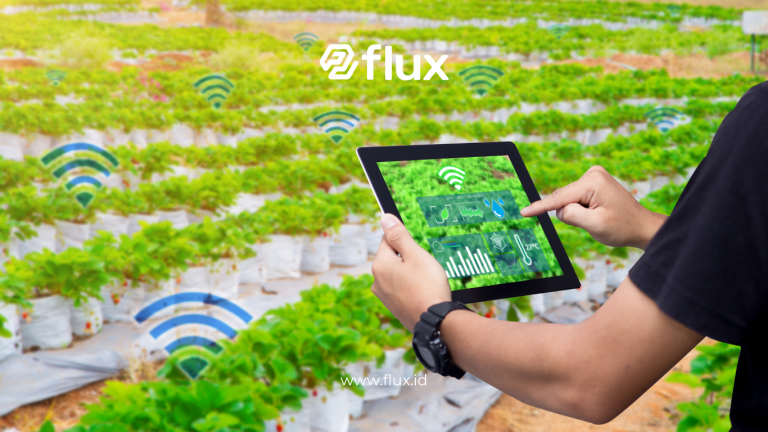Don't miss our holiday offer - 20% OFF!

Read also : The Impact of Waste Sensors on the Environmental Agency
In this digital age, we often hear about technological advancements impacting various aspects of our lives. One field that has greatly benefited from technological progress is the monitoring of air quality in large cities. In this article, we will explore how air pollution sensors work and how this technology contributes to improving air quality in smart cities.
Contents
Why Air Quality Matters

Read also : Automated Parking Concept: Smart Solution for Availability
Before delving into how air pollution sensors work, let’s understand why air quality is so crucial. Clean and healthy air is a key factor in maintaining human health and the environment. Air pollution can lead to various health problems, such as respiratory disorders, allergies, and even serious diseases like cancer.
Air Pollution Sensors: The Basics

Read also : How Security Sensors Support Financial Departments
Air pollution sensors are electronic devices designed specifically to detect various substances that can pollute the air around them. These sensors typically measure several key parameters, including:
Particulate Matter (PM)
Tiny airborne particles, known as Particulate Matter (PM), can be highly hazardous when inhaled. Air pollution sensors can measure various sizes of these particles, ranging from PM2.5 to PM10.
Toxic Gases
Sensors can also detect toxic gases like carbon monoxide (CO), nitrogen dioxide (NO2), sulfur dioxide (SO2), and ozone (O3).
Temperature and Humidity
Temperature and humidity can also affect air quality. These sensors help monitor environmental conditions that can worsen air pollution.
How Air Pollution Sensors Work

Read also : Security and Privacy in Connected Parking Systems: Challenges and Solutions
Air pollution sensors work by collecting air samples from their surroundings and analyzing them to detect pollutants. The general operation of air pollution sensors involves the following steps:
- Sample Collection: The sensor collects air samples from its surroundings using various methods, such as air filtration or direct air intake.
- Pollutant Analysis: The air samples are then analyzed to detect pollutants. This can be done using chemical or physical sensor technologies.
- Data Transmission: Data generated by the sensor is transmitted to a monitoring center or a larger system for further analysis.
Benefits of Air Pollution Sensors in Smart Cities

Read also : Security and Preparedness Enhanced by Smart EWS Technology
In the context of smart cities, air pollution sensors play a vital role in improving air quality. Some of the key benefits of these sensors include:
Real-Time Monitoring
Air pollution sensors provide real-time monitoring of air quality at various locations in the city. This information can be used to take swift actions in reducing air pollution.
Early Warnings
When air pollution levels reach hazardous levels, these sensors can provide early warnings to city residents through mobile apps or alert systems.
Informed Decision-Making
Data collected by air pollution sensors can be used by governments and relevant agencies to make informed decisions in managing the city’s air quality.
Conclusion

Read also : Environmental Protection through Sensor Technology
Air pollution sensor technology plays a crucial role in maintaining air quality in smart cities. By understanding how these sensors work, we can appreciate their contribution to creating a cleaner and healthier environment for us all. In the era of technology, air pollution sensors are essential tools in our quest to improve air quality in cities worldwide.





